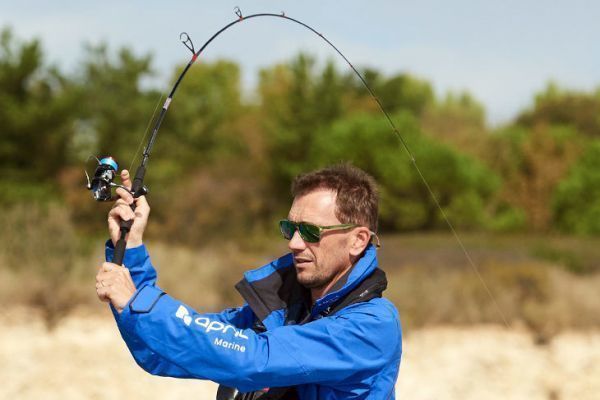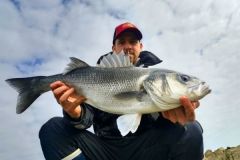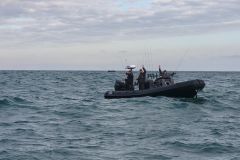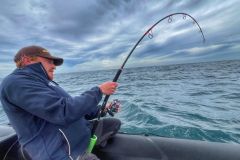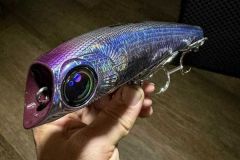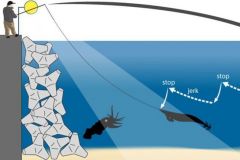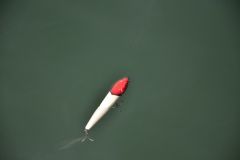The jerkbait is a popular bib lure. Widely used for decades, it's a must-have. Whether in fresh or salt water, everyone agrees on the importance of having a few in the tackle box.
Linear recovery is a safe bet
The jerkbait remains one of the most popular technical lures among bass anglers. With good reason, this lure has a bib that makes it waddle from left to right on linear retrieves. You can feel the lure vibrate in the rod during retrieve. In fact, this animation is my favorite: cast and retrieve at high speed over shallow rocky plateaus, in 1 to 4 meters of water.
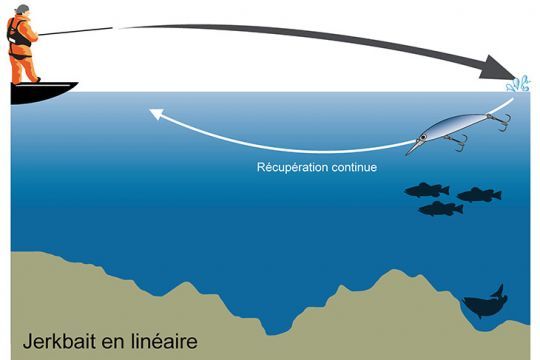
Sea bass fishing with small 9 cm lures
In this game, I like the small 9 cm jerkbaits that pull very little on the rod and allow you to fish sea bass in "light" mode with a 5-20 gram rod.
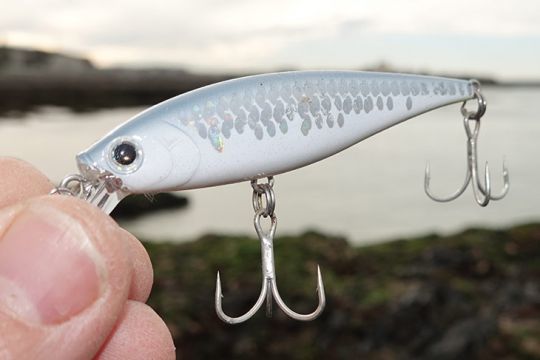
To beat more ground, to reach a distant spot or to fish with a steady wind, a jerkbait from 11 to 15 cm may be necessary, ideally with a weight transfer to gain casting distance. In this case, a 10-40 gram rod is required.
Linear animation allows you to benefit simply from the vibratory effect of the small plastic bib, which makes the lure swim by tilting its back, called "rolling", and wobbling its tail, called "wobbling". It's the wobbling that makes the lure vibrate in the rod.
Breaks to make a difference
Jerkbaits can be floating, neutral density (suspending) or sinking. Suspending models are often more effective because of their neutral density. When the lure stops, it remains suspended like a small fish, which is more attractive to bass. Depending on the size and inclination of the lip, jerkbaits are available in depths from 20 cm to 1.5 m.
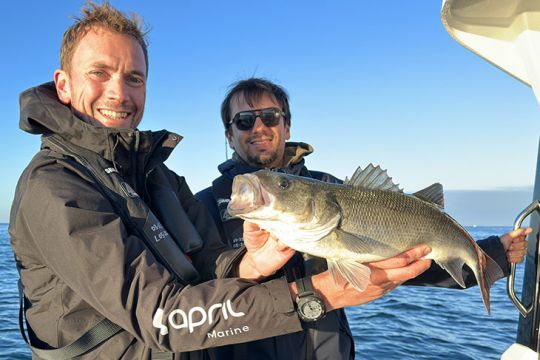
Marked, wave-beaten spots also lend themselves to jerkbaits, whether on bay beaches or rocky points. Incidentally, sandy edges not far from rocky spots and kelp-rich rocks in harbours are always worth a few casts.

 /
/ 